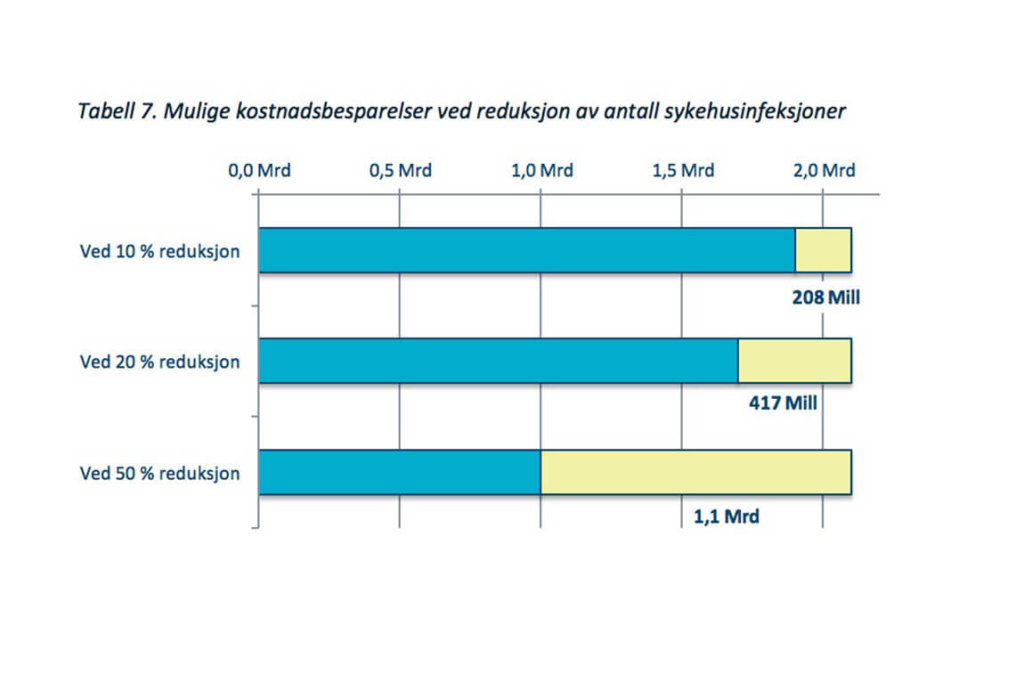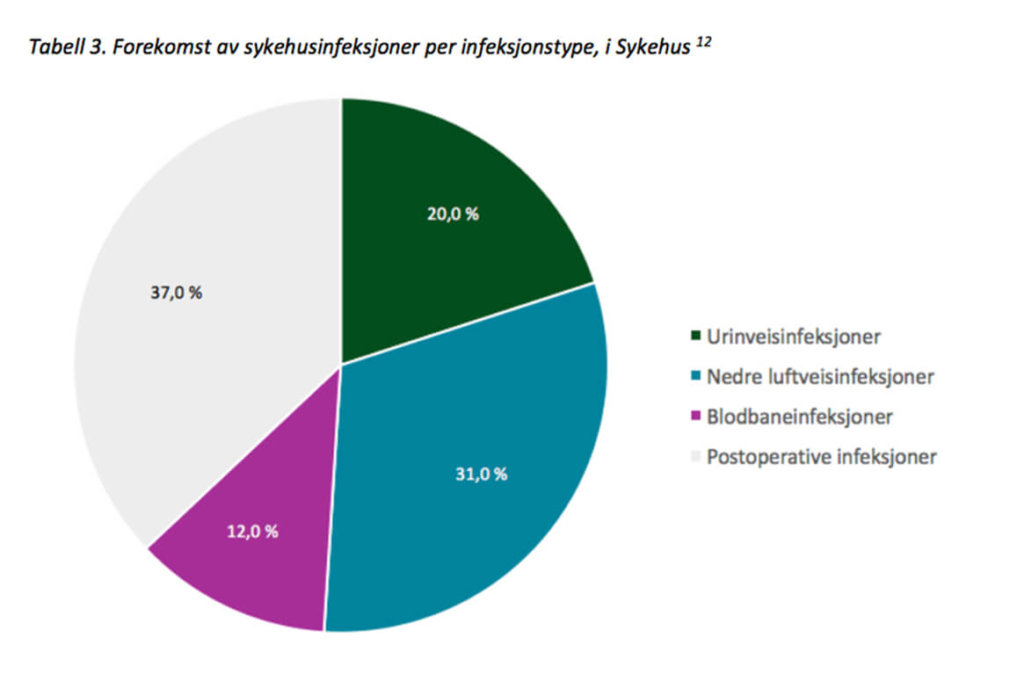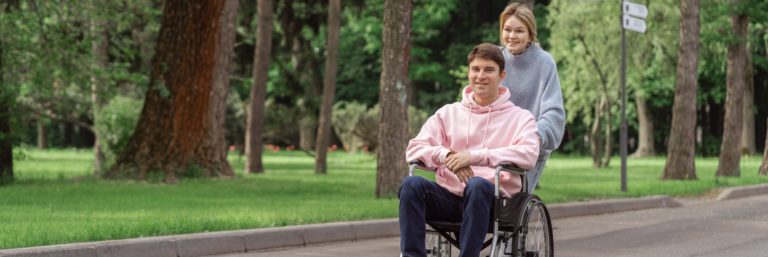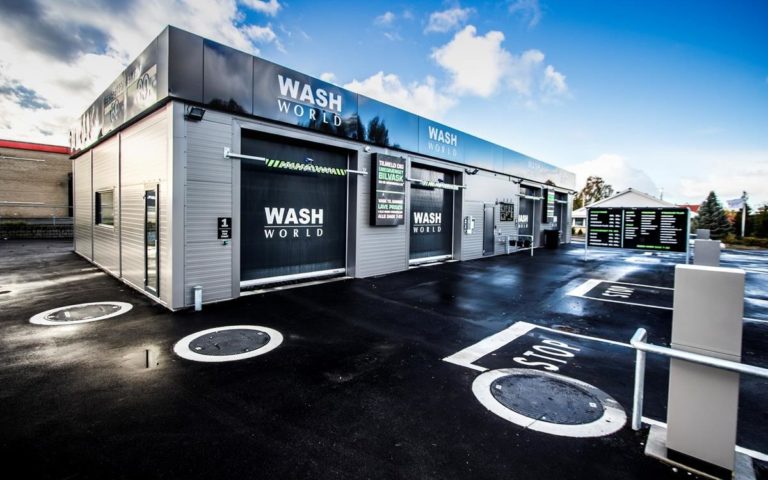
Report on Healthcare Associated Infections
Healthcare associated infections cost society enormous sums and can strike the individual patient hard. Research shows that the number of healthcare associated infections can be significantly reduced, but little change has been made in recent years.
To reduce the number of healthcare associated infections, it is important to have a good overview of consequences allowing you to find out where the potential for improvement lies. Despite the large consequences, finding hard facts and figures today takes too much time. It is difficult to make sound decisions and estimate costs when the figures you base your decisions on are spread out in many different places.
It would be much easier if all figures were updated and available in the same place. This would also enable us to use the figures to inform about costs and consequences.
Result
We prepared a report for Deconx where we highlighted the extent of healthcare associated infections in Norway. We looked at the costs for society and the individual patient, as well as to which extent the number of healthcare associated infections can be reduced. The report provides updated cost figures for healthcare associated infections in Norwegian hospitals and clearly shows how much society can save by taking measures to reduce the number of patients who get infected.
The report is straightforward and neutral. It is based on medical and economic literature, and statistics describing direct and indirect costs of healthcare associated infections, in addition to a summary of the latest research literature in this field.
A solid and good report. We feel that the cooperation has been very pleasant and productive
Bjørn Platou, General Manager in Deconx
The major findings
Every year 5.6% of hospitalized individuals in Norwegian hospitals and 6.2% of all nursing homes patients get healthcare-associated infections. 33,000 hospital patients and 2,500 nursing home patients are stricken by this. For hospitals it entails an extra cost of 2.1 billion kroner annually, alone in prolonged hospitalization. In addition, there are a number of other expenses that are not possible to estimate due to incomplete data. For nursing homes extra costs related to healthcare-associated infections cannot be estimated since these costs are mostly indirect and hidden without structured figures to verify them.
The report states how much society can save by initiating measures to reduce the number of patients that get infected. The healthcare environment in Norway can save 208 million kroner annually by reducing the number of healthcare associated infections by 10%. If reducing the number by 20%, which is what various research results show consensus on, it will be possible to save 418 million kroner on the direct costs for prolonged hospitalization alone.
Facts on healthcare associated infections (from research papers):
- Healthcare associated infections are a growing concern due to antibiotic resistant bacteria, and that aggressive viruses can cause large infection outbreaks in healthcare institutions.
- Among the consequences of healthcare associated infections are prolonged hospitalization, reduced patient treatment efficiency, increased use of resources in healthcare services, as well as poorer health condition and increased mortality among the patients.
- The most important precautionary measures to reduce the extent of healthcare associated infections are better hand hygiene and disinfection of equipment that patients are exposed to. Research proves that precautionary measures do pay.
Would you like to know more?
Send us an email and we will contact you




